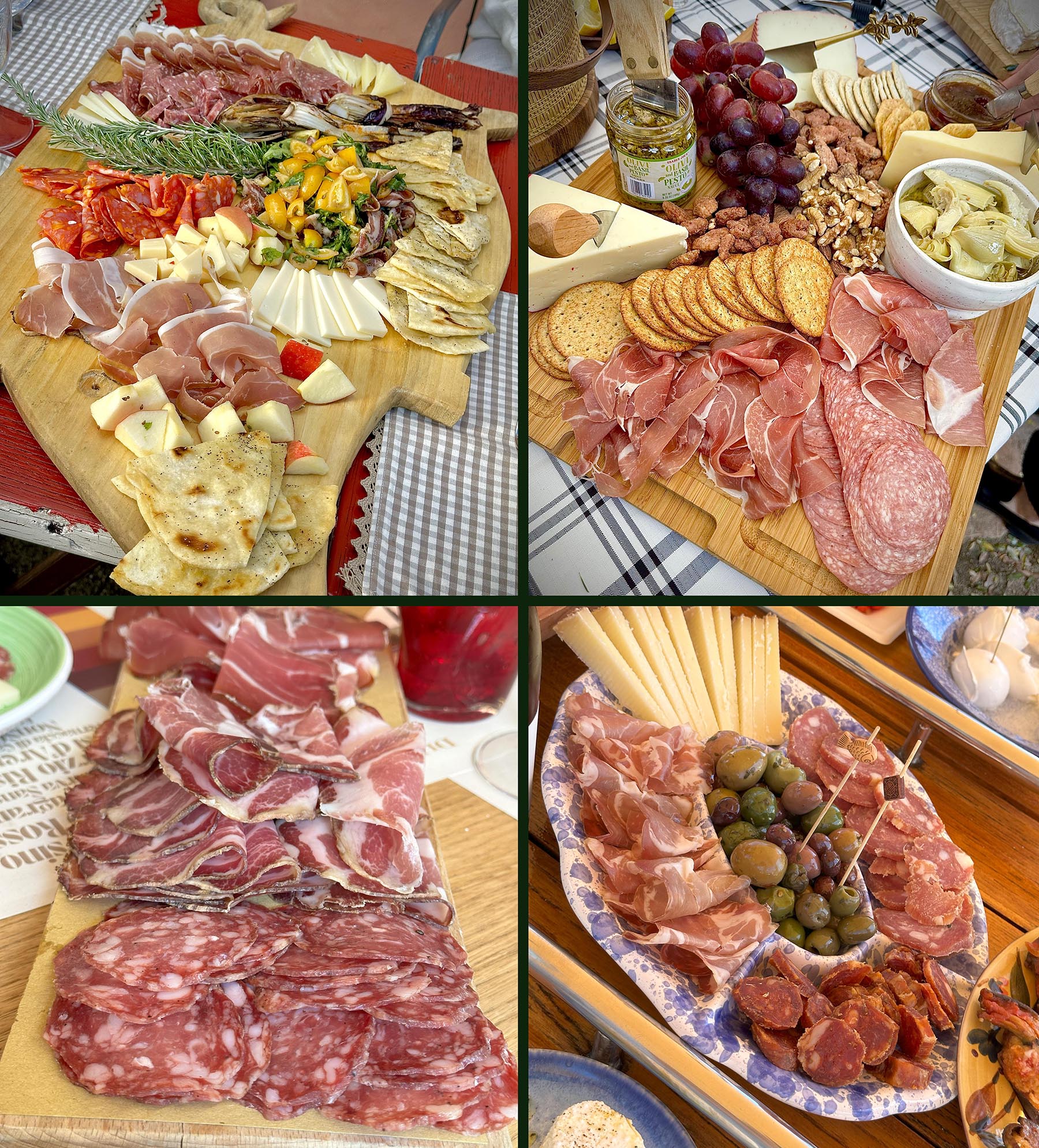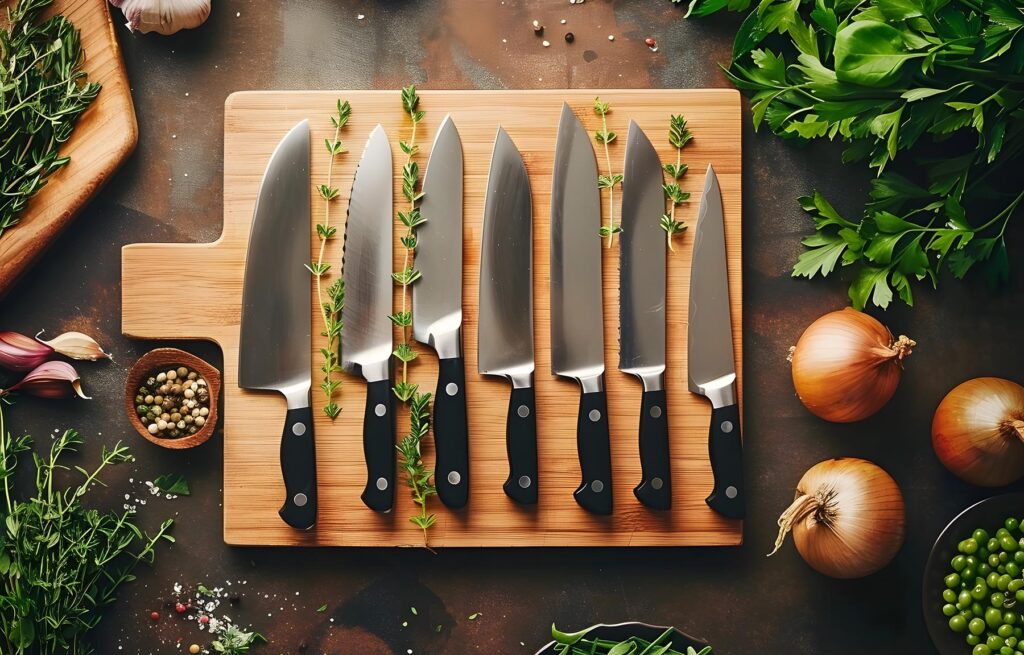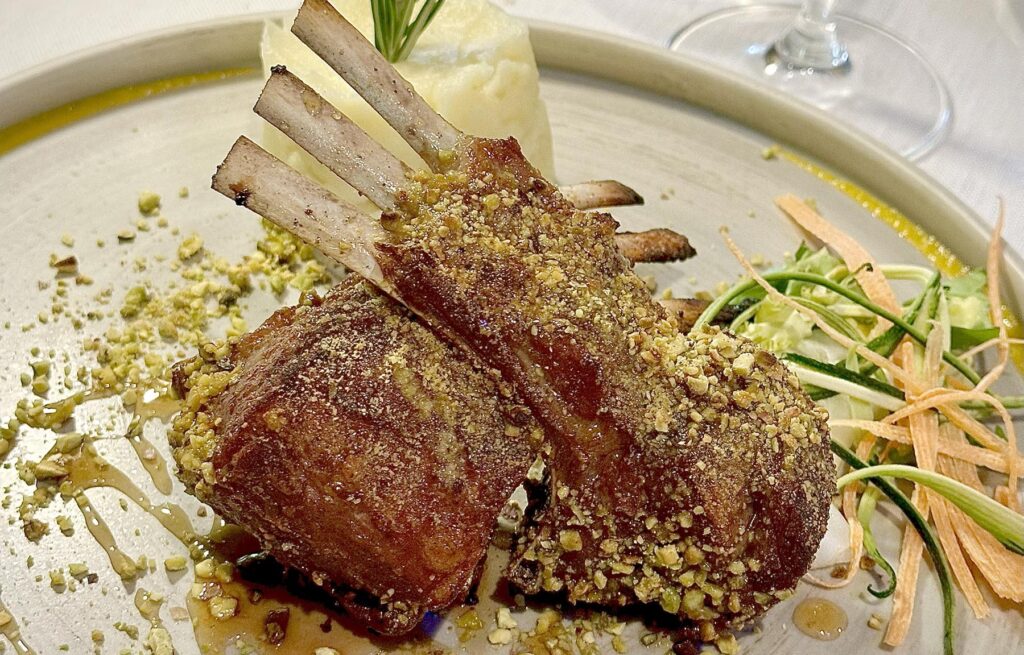
Charcuterie, a term that has become synonymous with elegant meat and cheese boards, has deep historical roots and a rich culinary tradition. Originating from France, the word charcuterie is derived from chair (meaning “flesh” or “meat”), pronounced Shahr, and cuit (meaning “cooked”), literally translating to “cooked meat.” However, charcuterie is much more than just cooked meat—it is an ancient practice of preserving and preparing meats, primarily pork, using curing, smoking, and aging techniques that date back centuries.
The art of charcuterie can be traced back to ancient times when preserving meat was a necessity. Before refrigeration, people relied on curing with salt, smoking, and fermentation to extend the shelf life of meats. These methods preserved the meat and enhanced its flavors, giving rise to the delicious cured meats we enjoy today.

In medieval France, charcutiers (specialized butchers), pronounced Shahr-coo-tree, perfected the craft of preparing and preserving pork. By the 15th century, charcuterie became an official trade regulated by French guilds, ensuring high-quality products such as jambon (ham), saucisson (sausage), rillettes (potted meats), pronounced ri-let-tes, pâtés, and terrines. Charcutiers were forbidden from selling raw pork, as their specialty lay in transforming it into ready-to-eat delicacies through careful preparation and preservation.
While traditional French charcuterie remains highly regarded, the concept has evolved significantly, especially in modern culinary culture, and they have expanded beyond their French origins to become a global trend. Instead of focusing solely on preserved meats, contemporary charcuterie boards often feature a variety of cheeses, crackers, bread, nuts, fruits, pickles, spreads, and even sweets, chocolate, or honey for added variety and depth of flavor.
Charcuterie is no longer limited to pork; many variations now include beef, lamb, poultry, and even plant-based alternatives to accommodate dietary preferences. Chefs and home entertainers alike have embraced charcuterie as an art form, carefully selecting ingredients that offer a balance of textures, flavors, and visual appeal. Social media and food photography have further popularized charcuterie, with people sharing beautifully arranged boards that showcase creativity and culinary craftsmanship.
Charcuterie appeals to both food enthusiasts and casual diners for several reasons. It provides a customizable and interactive dining experience, allowing people to sample a variety of flavors and pairings. It also encourages social interaction, as charcuterie boards are designed for sharing, making them a perfect choice for gatherings, wine tastings, and celebrations.
Charcuterie also aligns with the modern appreciation for artisanal and high-quality ingredients. Many charcuterie boards feature handcrafted, locally sourced meats and cheeses, connecting diners with traditional food-making techniques and regional specialties.
Charcuterie is a worldwide indulgence!
Charcuterie boards vary across cultures, showcasing regional cured meats, cheeses, and accompaniments, making an incredible variety of flavors worldwide!
Here are a few notable types from around the world:
France – Charcuterie Traditionnelle
- Meats: Jambon de Bayonne (cured ham), Saucisson sec (dry-cured sausage), Rillettes (slow-cooked pork spread), Pâté
- Cheeses: Brie, Roquefort, Comté
- Extras: Cornichons, Dijon mustard, baguette, nuts
Italy – Salumi e Formaggi
- Meats: Prosciutto di Parma, Coppa, Soppressata, Bresaola
- Cheeses: Parmigiano-Reggiano, Gorgonzola, Pecorino
- Extras: Grissini (breadsticks), olives, sun-dried tomatoes
Spain – Tabla de Embutidos
- Meats: Jamón Ibérico, Chorizo, Lomo (cured pork loin), Fuet
- Cheeses: Manchego, Idiazábal, Mahón
- Extras: Marcona almonds, membrillo (quince paste), picos (small breadsticks)
Germany – Wurstplatte
- Meats: Landjäger, Leberwurst (liver sausage), Blutwurst (blood sausage), Speck (smoked bacon)
- Cheeses: Allgäuer Bergkäse, Limburger
- Extras: Pretzels, mustard, pickled vegetables
USA – Modern Charcuterie
- Meats: Smoked sausages, beef jerky, turkey pastrami
- Cheeses: Wisconsin cheddar, Monterey Jack, Humboldt Fog
- Extras: Honey, candied nuts, artisan crackers
Argentina – Picada
- Meats: Jamón crudo, Salame tandilero, Morcilla (blood sausage)
- Cheeses: Provolone, Queso de campo
- Extras: Chimichurri, olives, pickles
Turkey – Şarküteri Tabağı
- Meats: Pastırma (air-dried beef), Sucuk (spicy sausage)
- Cheeses: Beyaz peynir (feta-like cheese), Kaşar
- Extras: Dried figs, walnuts, Simit (sesame bread)
Greece – Meze Platter
- Meats: Loukaniko (Greek sausage), Apaki (smoked pork)
- Cheeses: Feta, Kefalotyri
- Extras: Dolmades (stuffed grape leaves), olives, tzatziki
China – Cured Meat Platter
- Meats: Lap Cheong (Chinese sausage), Jinhua ham, Duck breast
- Cheeses: Not traditional, but tofu-based substitutes may be used
- Extras: Pickled radish, soy sauce, tea eggs
Korea – Anju Board
- Meats: Jokbal (pig’s trotters), Bossam (boiled pork), Spicy dried squid
- Cheeses: Not common, but fusion boards may have processed cheese
- Extras: Kimchi, gochujang, soju pairings
From its humble origins as a means of meat preservation to its modern-day status as a gourmet dining experience worldwide, charcuterie has come a long way. Whether enjoyed in a classic French charcuterie shop or on a meticulously crafted board at a dinner party, charcuterie remains a timeless and evolving culinary tradition. Its combination of history, craftsmanship, and indulgence ensures that charcuterie will continue to delight food lovers for generations to come.
What are your favorite charcuterie items? Let us know in the comments!




